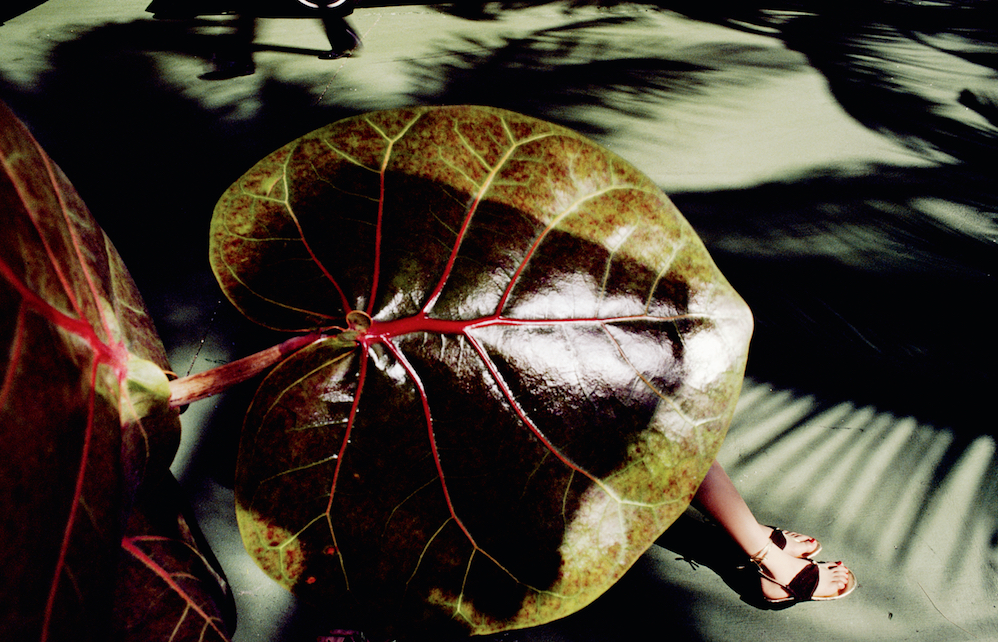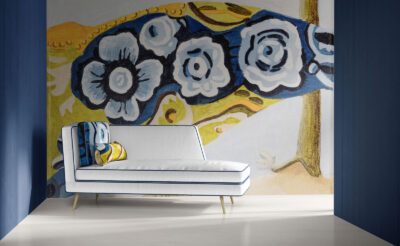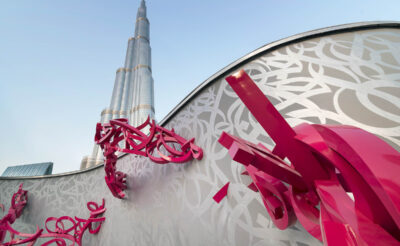It’s hard to recall a time when Louis Vuitton was not part of the travel vernacular. Exploration has, of course, been at the heart of the brand DNA since 1854, its rich leather trunks calling to a certain type of intrepid adventurer, one that makes his or her movements with an equal element of luxury.
The Louis Vuitton City Guides of 1998 were a natural progression. From Paris to São Paulo, Mexico City and Easter Island, the carefully curated collection showcases world cities through Vuitton’s artistic lens and also through the eyes of insiders, who speak from their personal experience of their home cities. And later, in 2015, came Vuitton’s award- winning app, the digital counterpart to the kaleidoscopic City Guides, the digital translation signalling that the brand’s destination was in line with that of its audience. But, Vuitton’s latest voyage moves us back to paper. Fashion Eye is the visual accompaniment to the existing Louis Vuitton Editions lineup. Through large-format photographs, a region is discovered via the narrative of both contemporary and established photographers.
Best known for their work in the field of fashion, the contributors bring a rare and visually stunning perspective to the world of travel photography. Each destination compiles around 100 images, expanded upon with biographical information and a photographer’s interview or critical essay. Offering unique pictorial insight into India, Miami, California, Paris and Shanghai, both rising stars and industry reference points take ownership of a single destination. Guy Bourdin’s Seventies Miami is as bold and stylised as one might imagine. Through lurid candy colours and subversive shots, the familiar aesthetic of the fashion photography legend communicates the dark and delicious side of the East Coast city.
It’s interesting to look at the world from a background like mine, versus that of Guy Bourdin
Wing Shya
“It’s interesting to look at the world from a background like mine, versus that of Guy Bourdin,” says Hong Kong native Wing Shya, who is known for communicating Asian spirit in a rich and revealing manner. “He represents the growth of glossy pop culture,” he continues. Shya shows his part-time home, Shanghai, through his own, personal archives. Juxtaposing the intimate nature of a private photograph with fashion photography commissions, the hypnotising and dreamy works of this contemporary fashion favourite deliver fragments of the East-meets-West city from conflicting angles. “Travel is an interesting topic and it gives great opportunity to tell stories,” he says. “Hong Kong has a deep influence on Shanghai. The relation between the two is intangible and insatiable.”
As we move from city to city, the compendium of individual perspectives both cooperate and collide. “It is a culture built on the idea of the open road – motels, gas stations, lost places in the middle of nowhere. It is magical,” says Kourtney Roy of her dystopic Californian story. Moving through San Francisco and Downtown Los Angeles, the world of the Paris-based Canadian photographer shares a certain amount of Bourdin’s humor and the Seventies aesthetic. “I am a big fan of films, and I spent a lot of time looking at American cinema – Electra Glide in Blue, Bad Day at Black Rock, and Badlands,” she recalls. The result is both surreal and sumptuous.
Like the destinations that differ greatly so, too, do the snapshots and understandings of the environment. The contemporary components from Shya and Roy afford us with something current, but Fashion Eye also draws together rarely or never before seen images from the collections of the previous century’s fashion photography leaders. American photographer Henry Clarke’s series, shot over several trips to India, draws together, for the first time, his iconic sense of style, composition and staging in an exotic experience. And Paris, again, offers a new perspective. The tonal style that typifies the eminent Jeanloup Sieff is the pulse of moody, Parisian sensuality, but his previously unreleased set of colour photographs were a privileged surprise. “The photographers in the series stand for different eras and cultures, but ubiquitously they tell a Vuitton travel story,” says Shya.
And, more than a series of high gloss snapshots, Fashion Eye establishes a meaningful dialogue between rising stars, seasoned pros, and household legends. “I think that the photographers published for this project are so diverse and unique that each book is it’s own little world,” says Roy. What Fashion Eye has managed to do is seamlessly sew together contemporary creation and lesser-known archival treasures in a collection like no other. As fashion, art, travel, and time fuse, we are left with a fresh perspective on cities widely travelled, but seldom communicated in such style.







